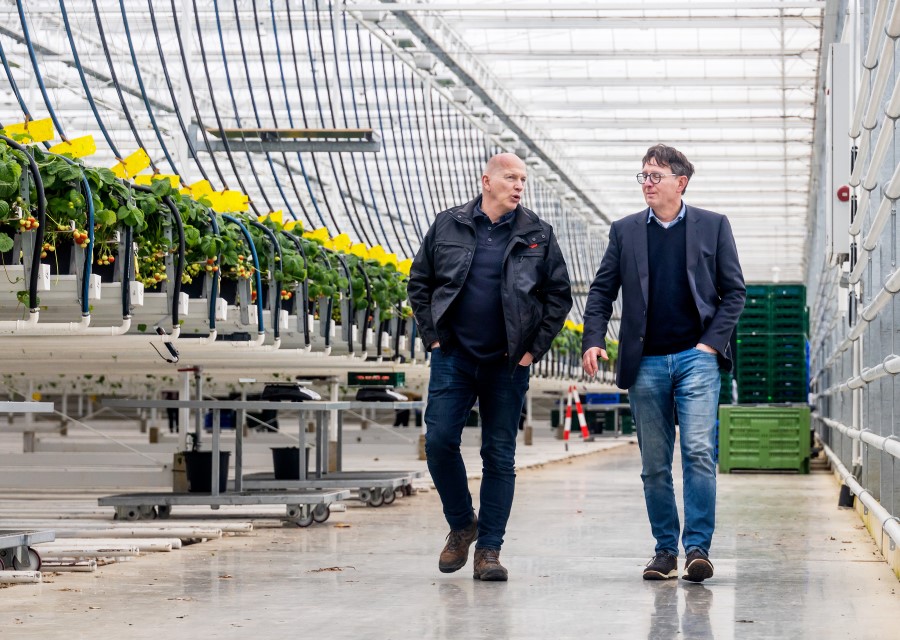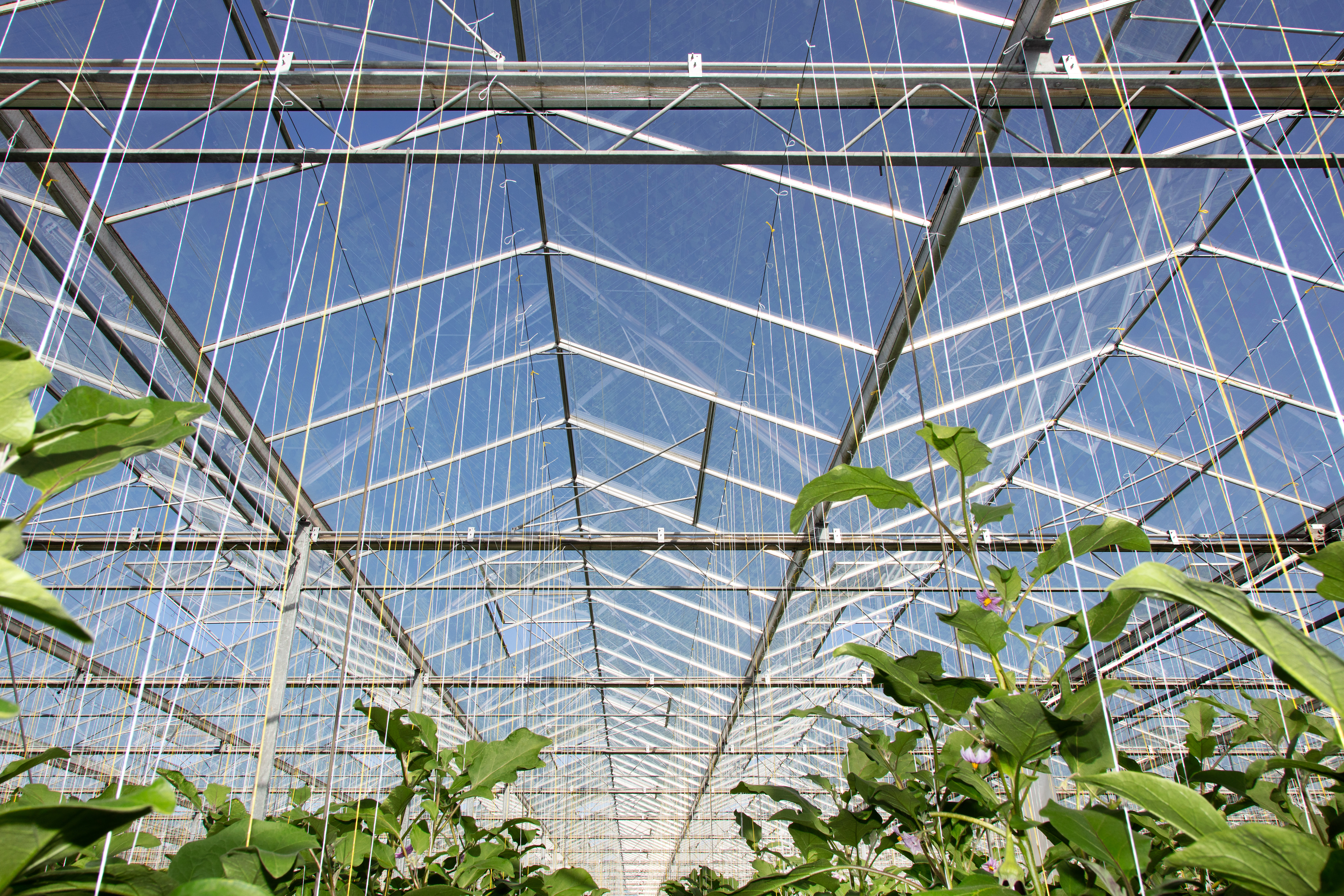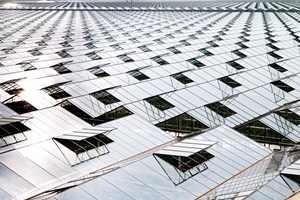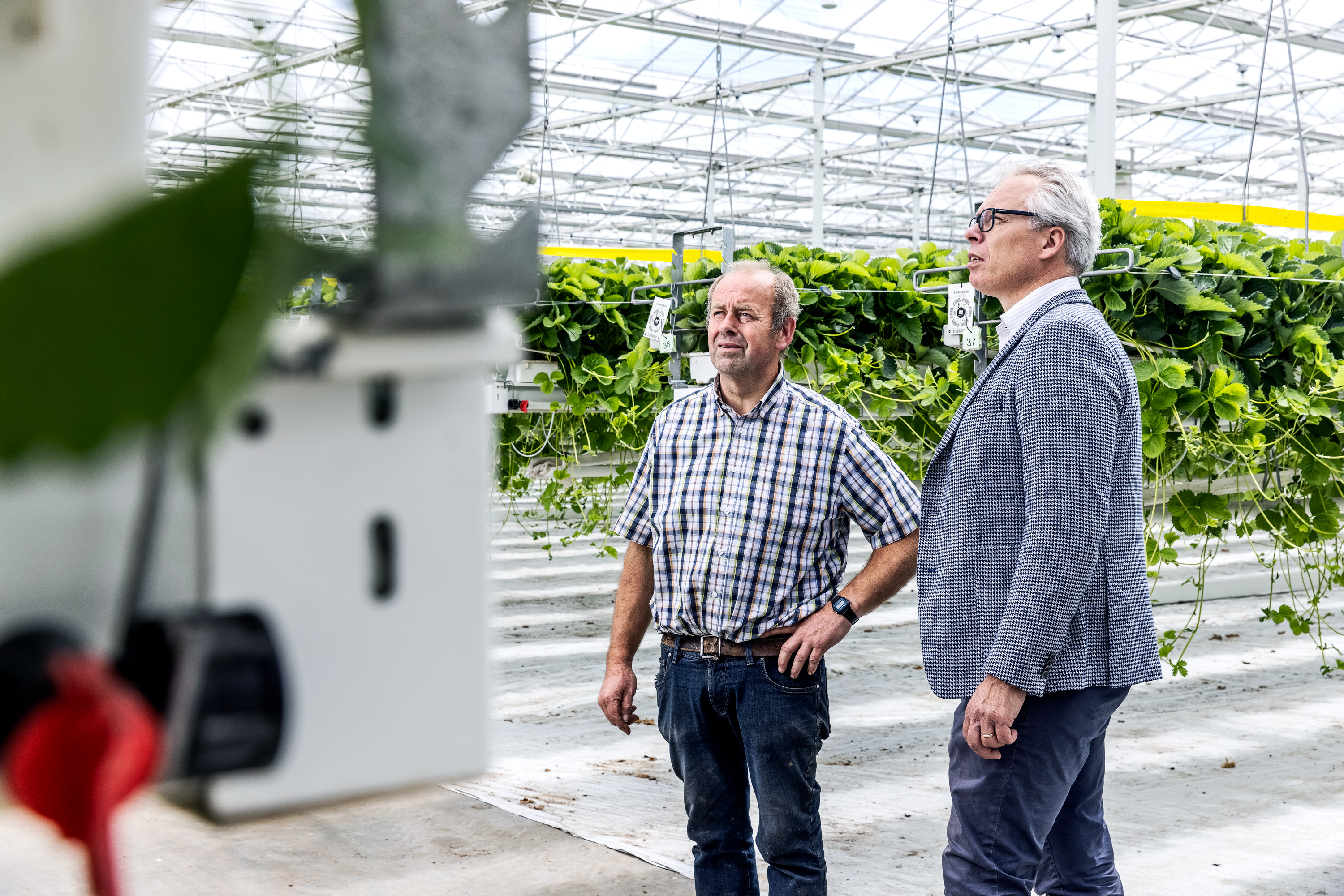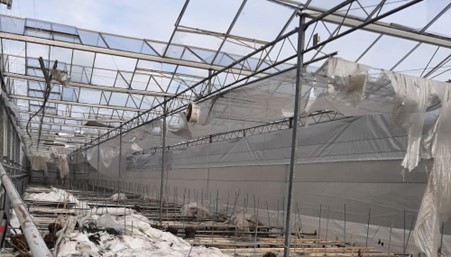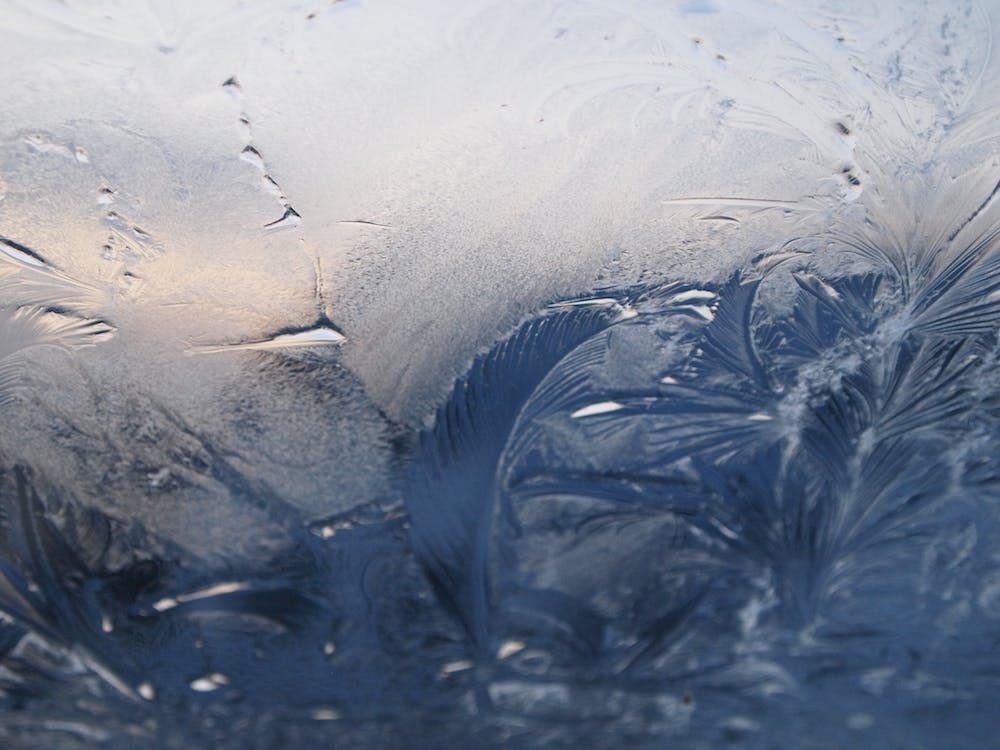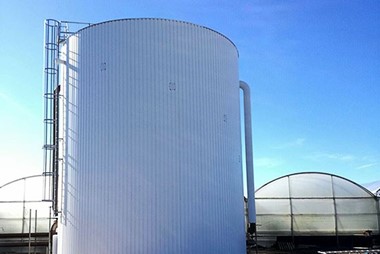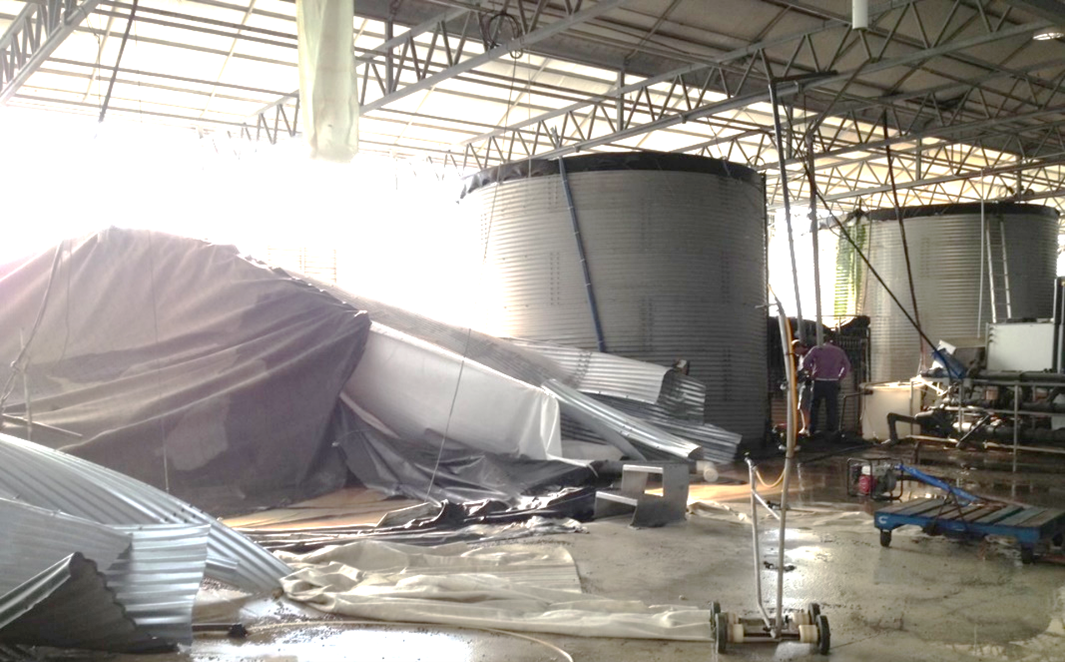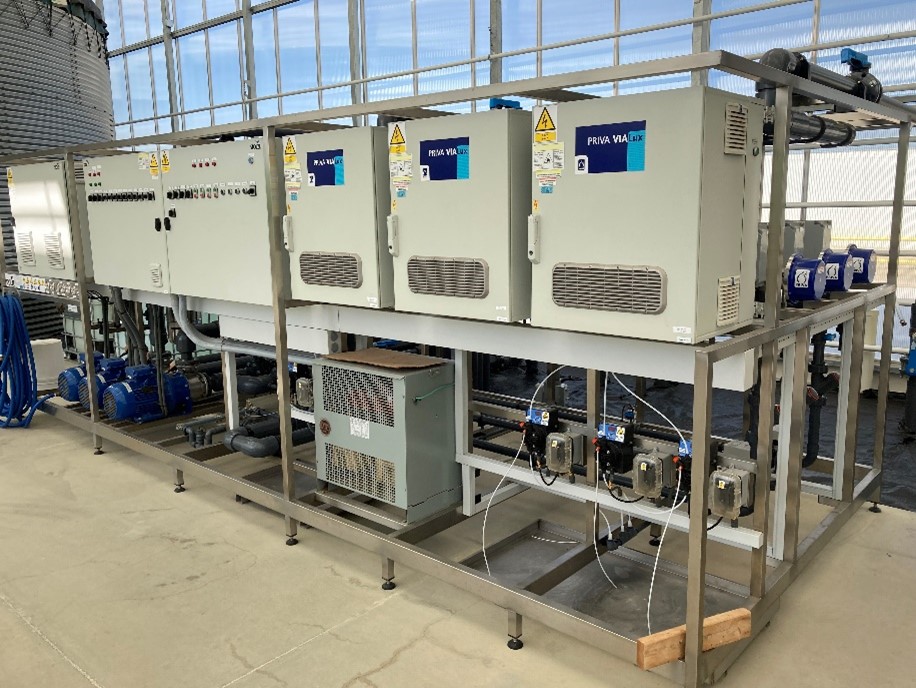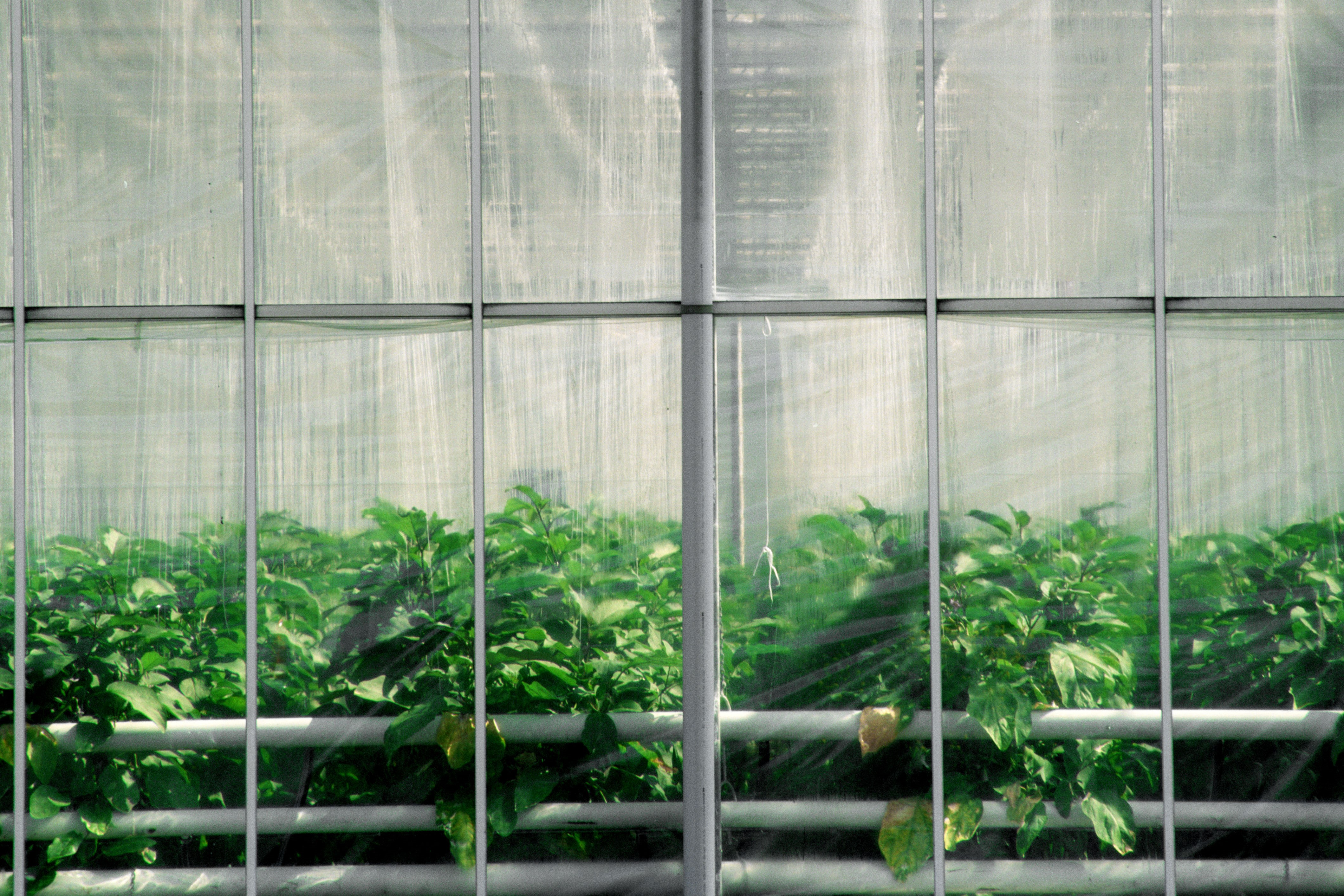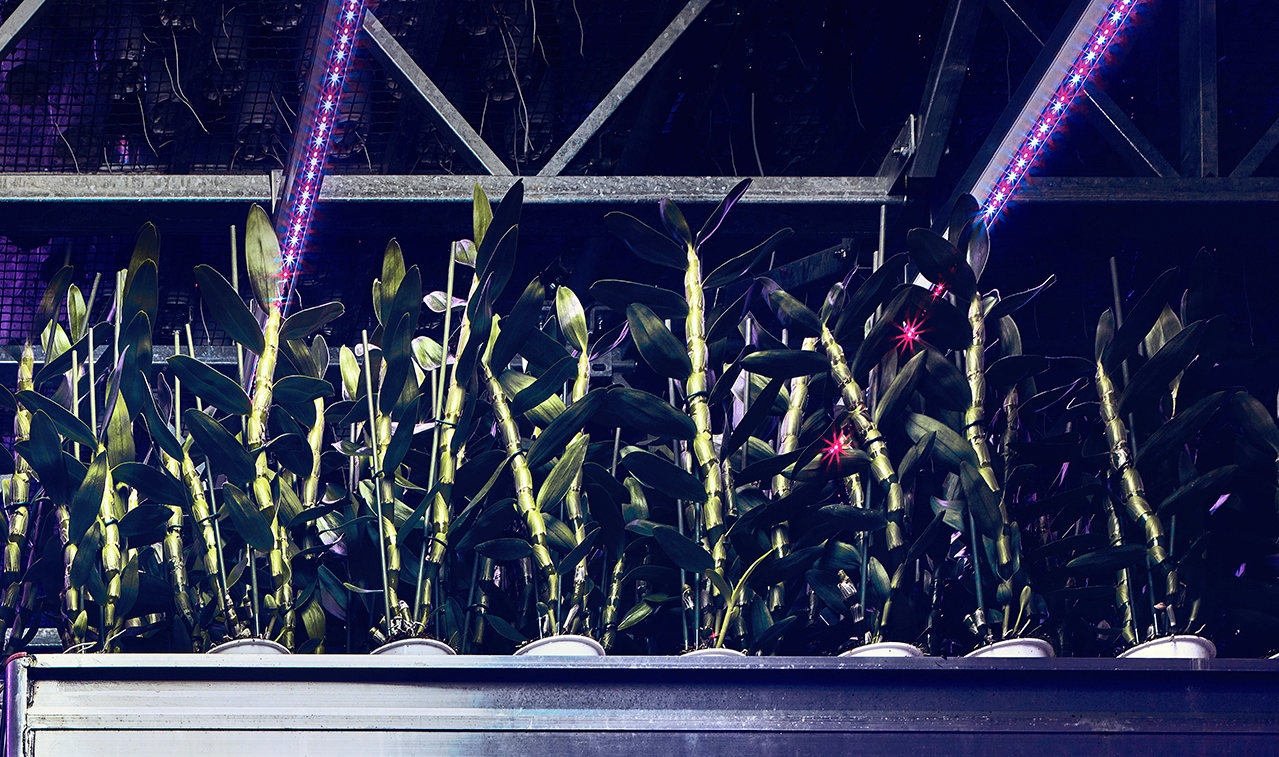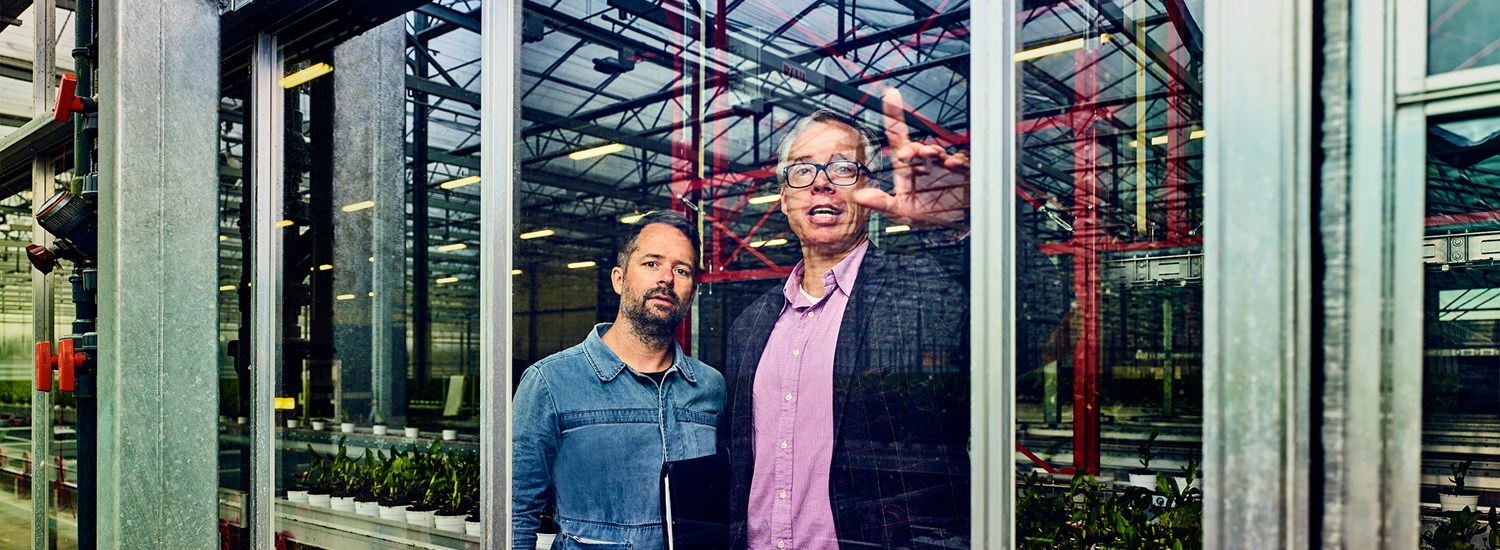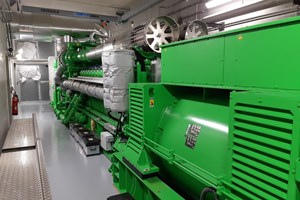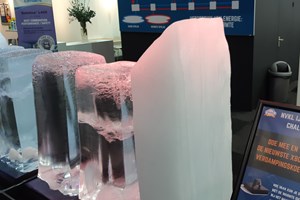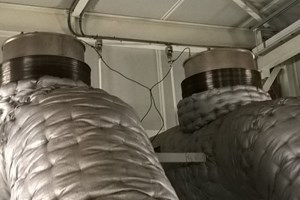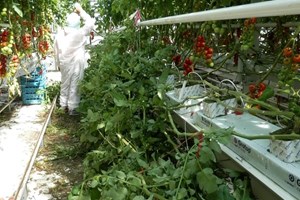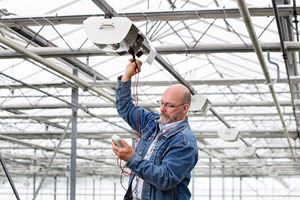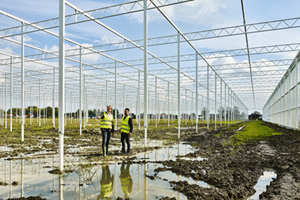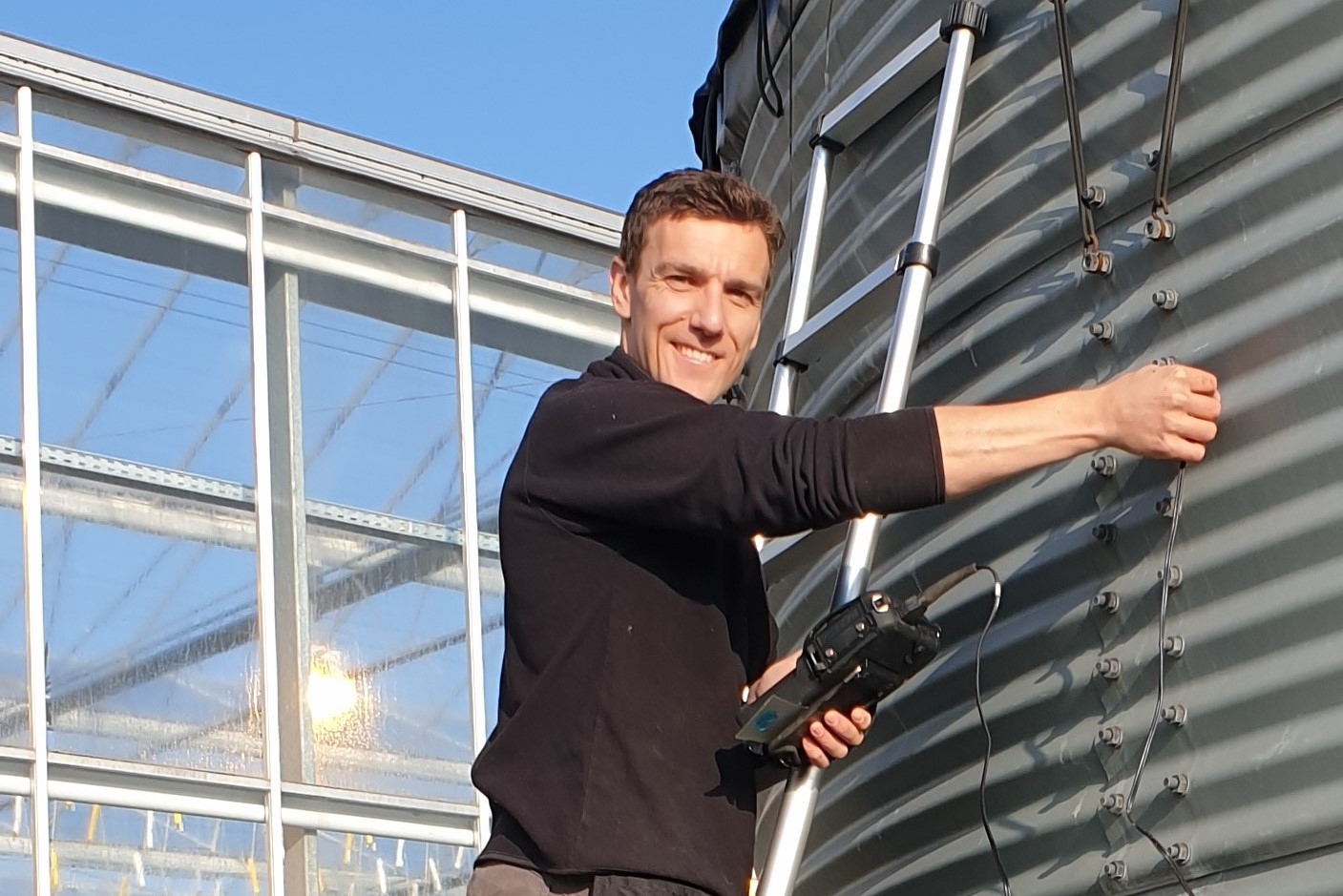Vents freeze partly due to radiation and the insulating effect of the screens, which is the case during night frost.
Vents freeze partly due to radiation and the insulating effect of the screens, which is the case during night frost. With multiple screens and greenhouses being increasingly closed off, it is often colder above the top screen. The rubber seal of the vents freezes to the aluminium greenhouse frame. “Every year, business owners open vents without realising they are frozen shut,” Theo Herngreen, a greenhouse technical specialist, explains. “The temperature difference between the greenhouse air and the windows is considerable, and temperature sensors or separate measuring boxes are not always installed above the screen. Opening the vents while frozen damages the rubber seals, or worse: the vent mechanism and window actuators can be deformed or broken.”
Read more
